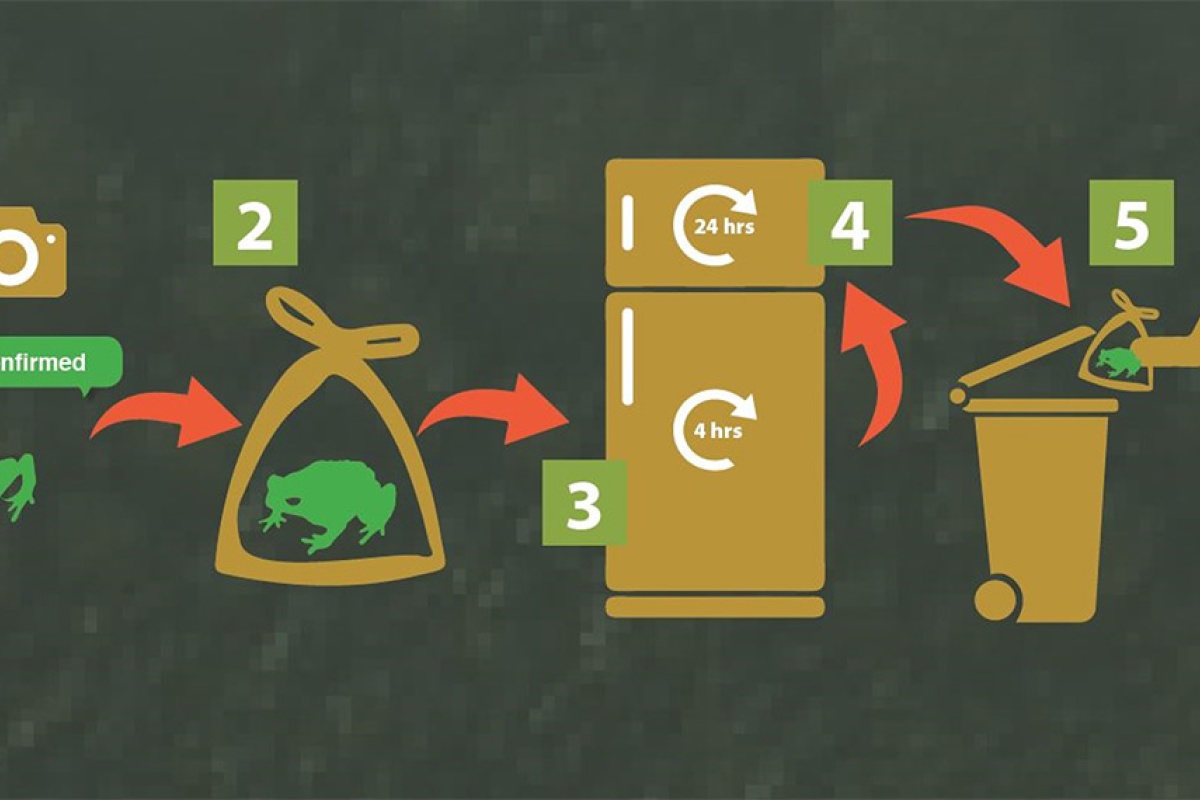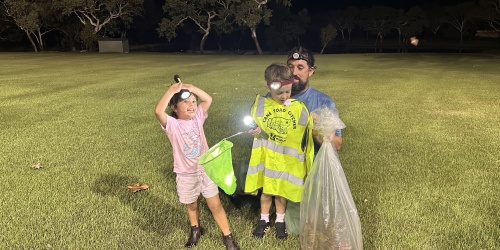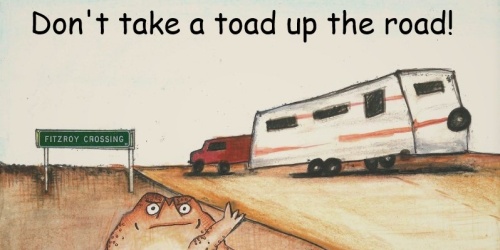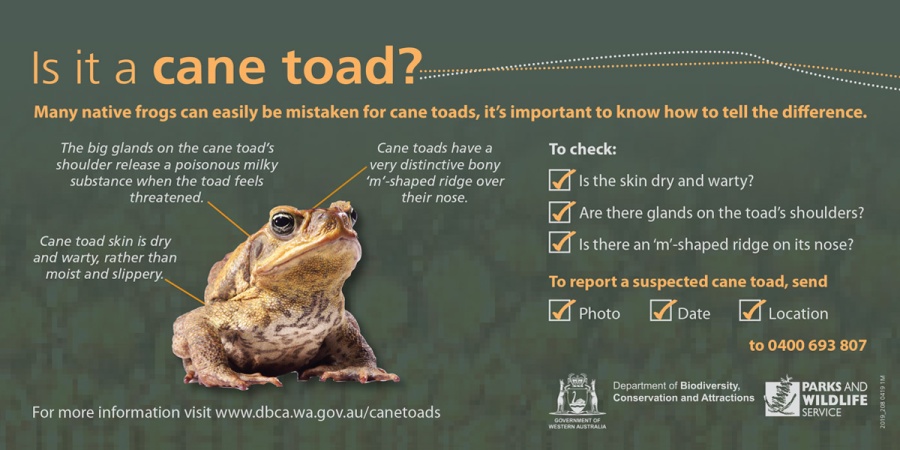
Cane toads are an invasive species that have become a major environmental problem, competing with native species for resources, and poisoning native animals that mistake them for food. Correctly identifying cane toads helps when determining the movement of the cane toad front line in WA. Correct identification also reduces the risk of well-intentioned people accidentally killing native frogs in the mistaken belief that they are cane toads. WA has a rich diversity of native frog species that are already facing many threats, including habitat loss, disease, and climate change.
If you think you have found a cane toad, send a clear photo to 0400 693 807 for quick identification
Here are some key differences between cane toads and native frogs in Western Australia to help you with proper identification.
- Size: Cane toads are stocky and much larger than most native frogs in Australia. Adult cane toads can grow up to 22 centimetres in length, while most native frogs are smaller, typically ranging from 2.5 to 10 centimetres in length.
- Skin texture: Cane toads have dry, warty skin, while many native frogs have smooth, moist and slippery skin.
- Distinctive appearance: Cane toads have a distinctive bony ‘m’-shaped ridge over their nose.
- Toxin production: Cane toads have large glands on their shoulders that produce a poisonous milky substance when the toad feels threatened. This toxin can be lethal to some native animals that try to eat the toads. Native frogs do not produce this kind of toxin.
- Call: Cane toads have a long steady trill, resembling a dial tone, while native frogs have a wide range of calls, which vary in pitch, duration, and volume depending on the species. Visit WA Museum to hear the call of a cane toad and explore other WA frog sounds: https://museum.wa.gov.au/explore/frogwatch/frogs/cane-toad
- Behaviour: Cane toads are generally less active than native frogs, and they are often found sitting still on the ground or in water. Native frogs are more active, with many species able to climb trees or shrubs.
How to spot a cane toad:
Which native frogs in WA are cane toads usually confused with?
In the Kimberley, the following are the most misidentified native frog species confused with the cane toad:
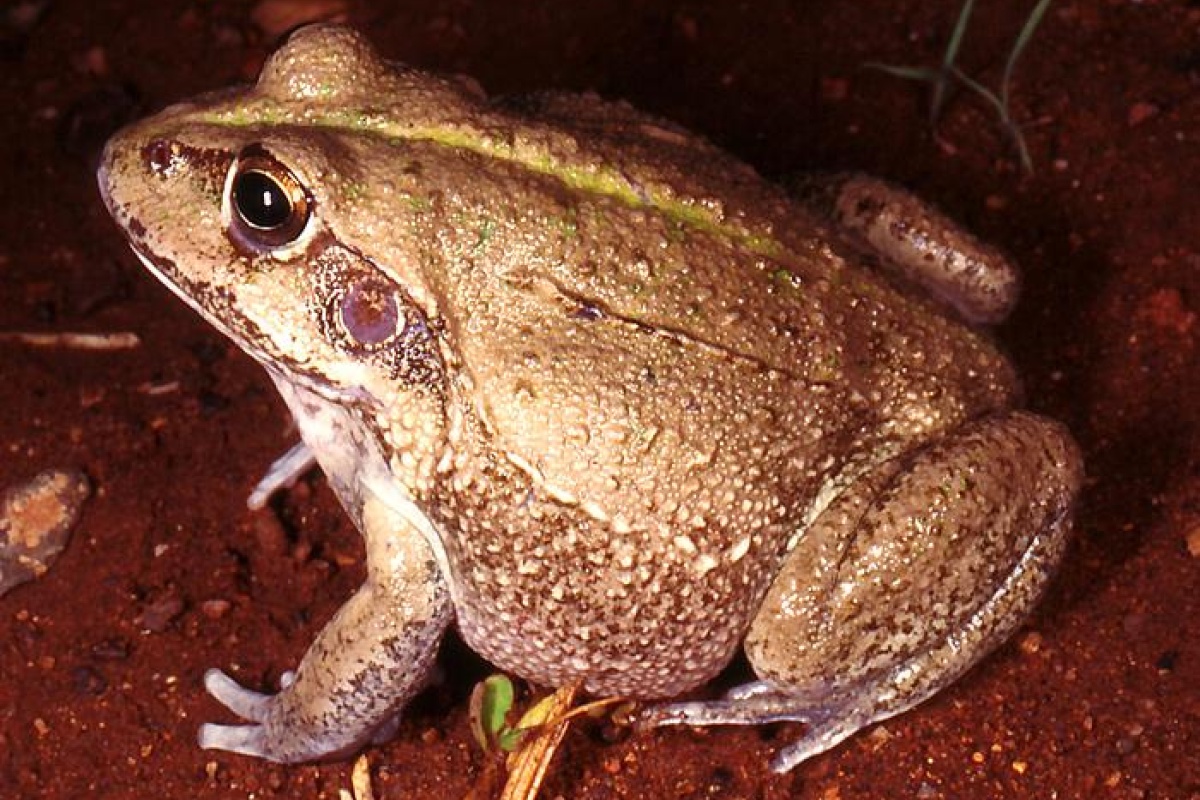
Giant frog
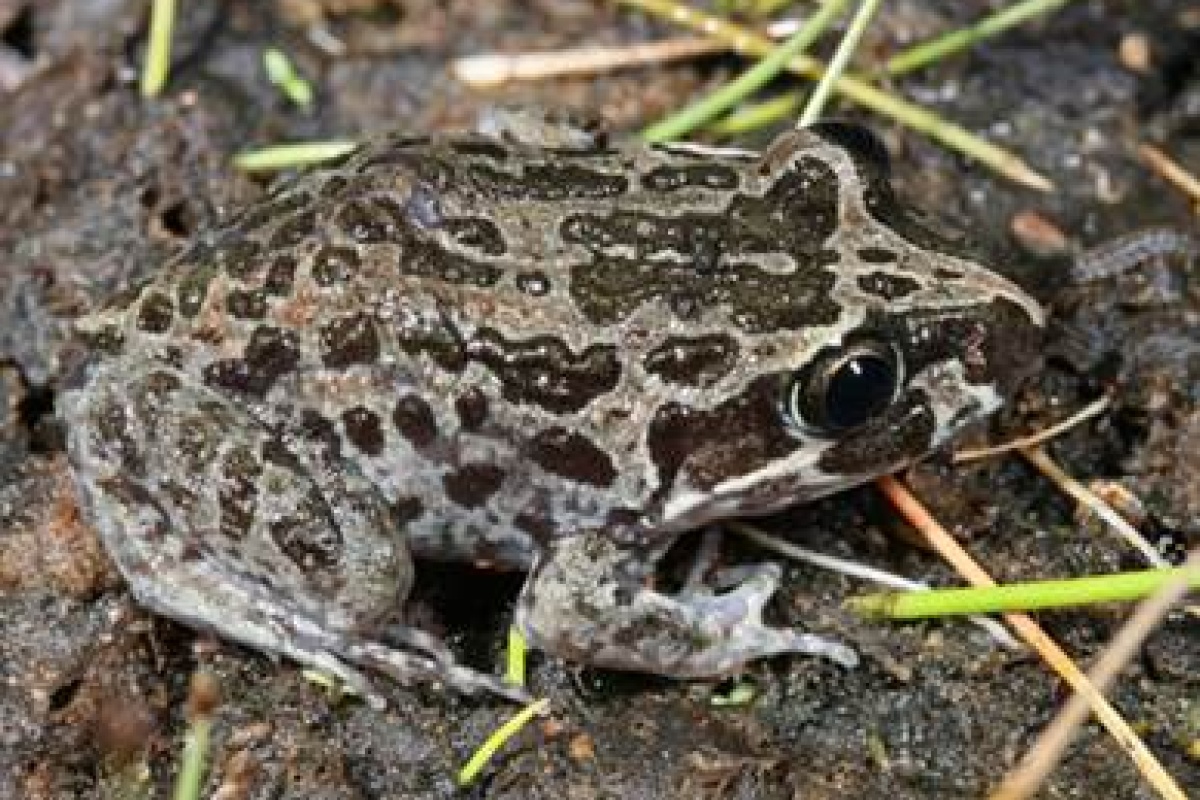
Marbled frog
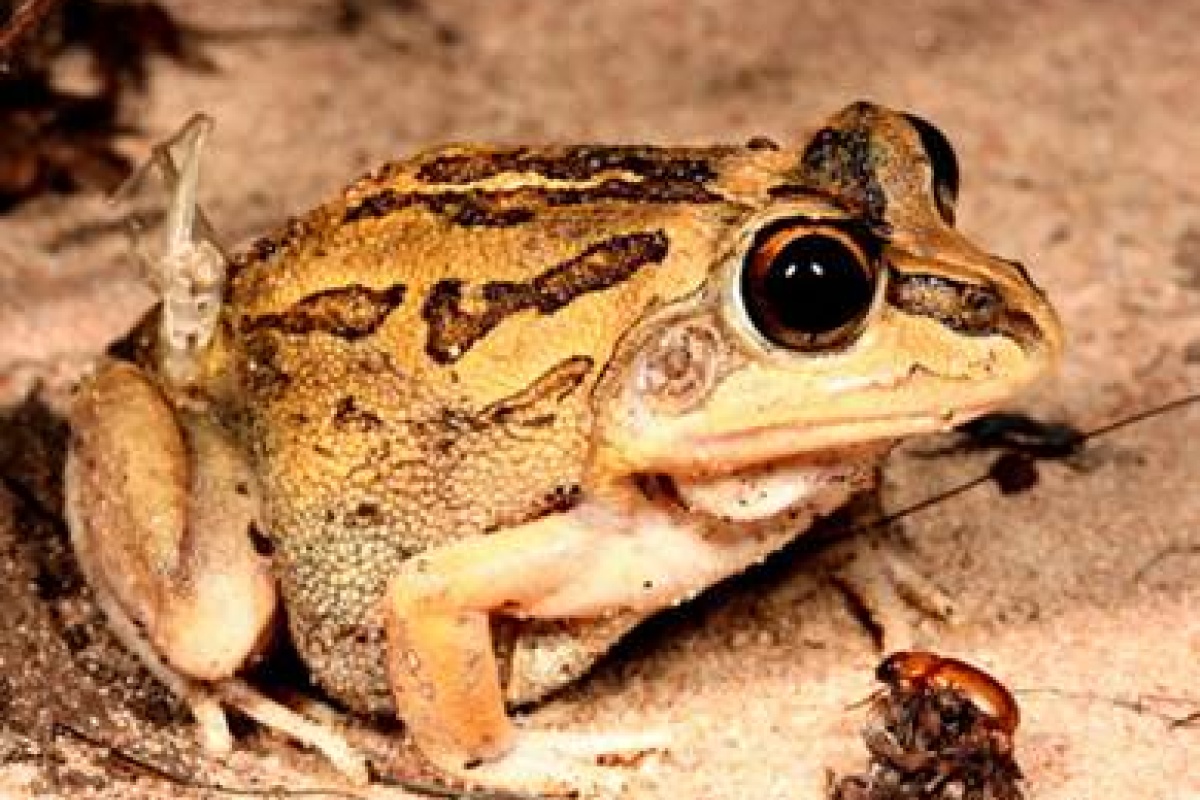
Long footed frog

Rockhole frog
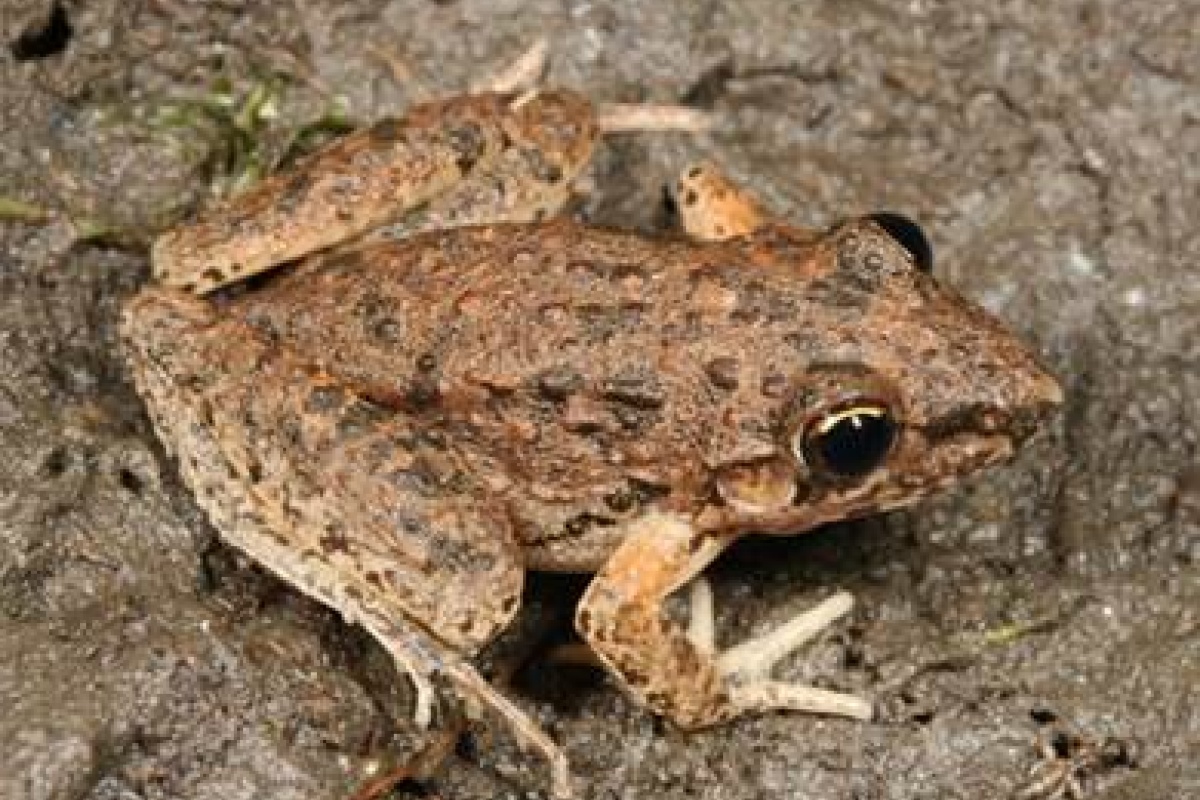
Bumby rocket frog

Ornate burrowing frog
In south-west Western Australia, the following native frogs are the most misidentified frog species with the cane toad:
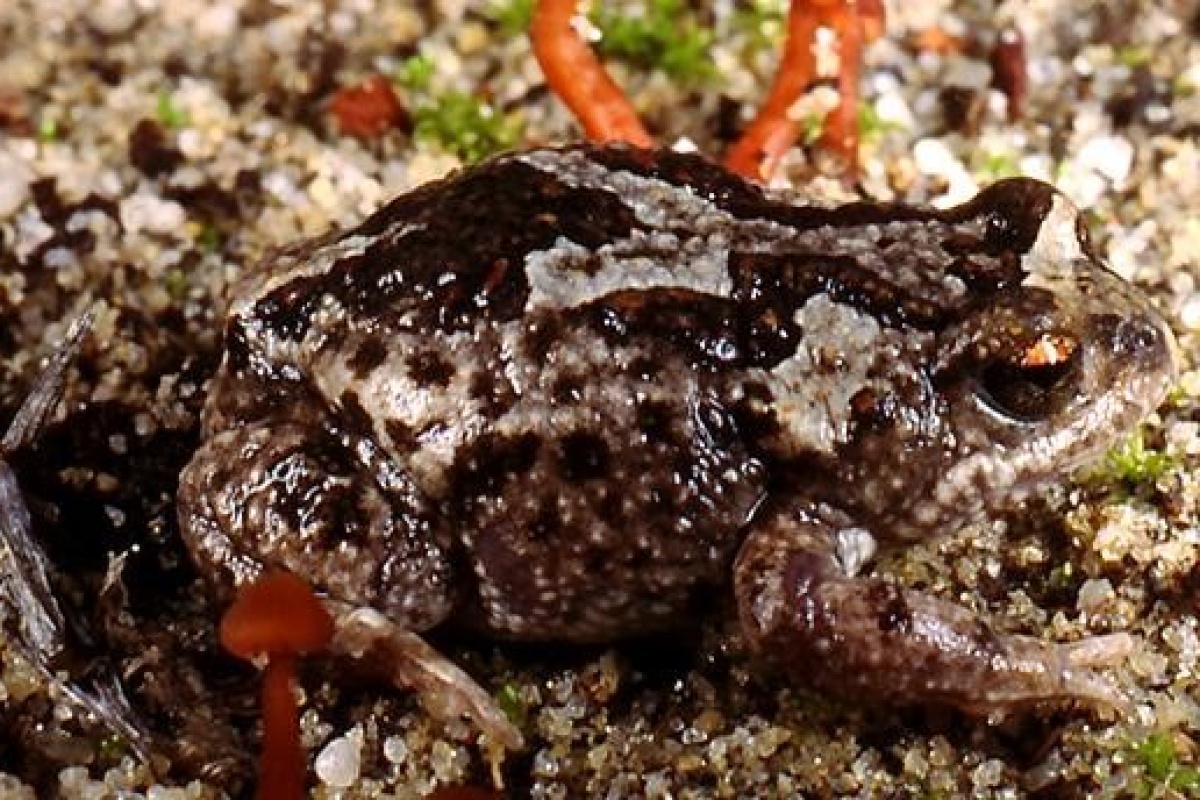
Crawling toadlet
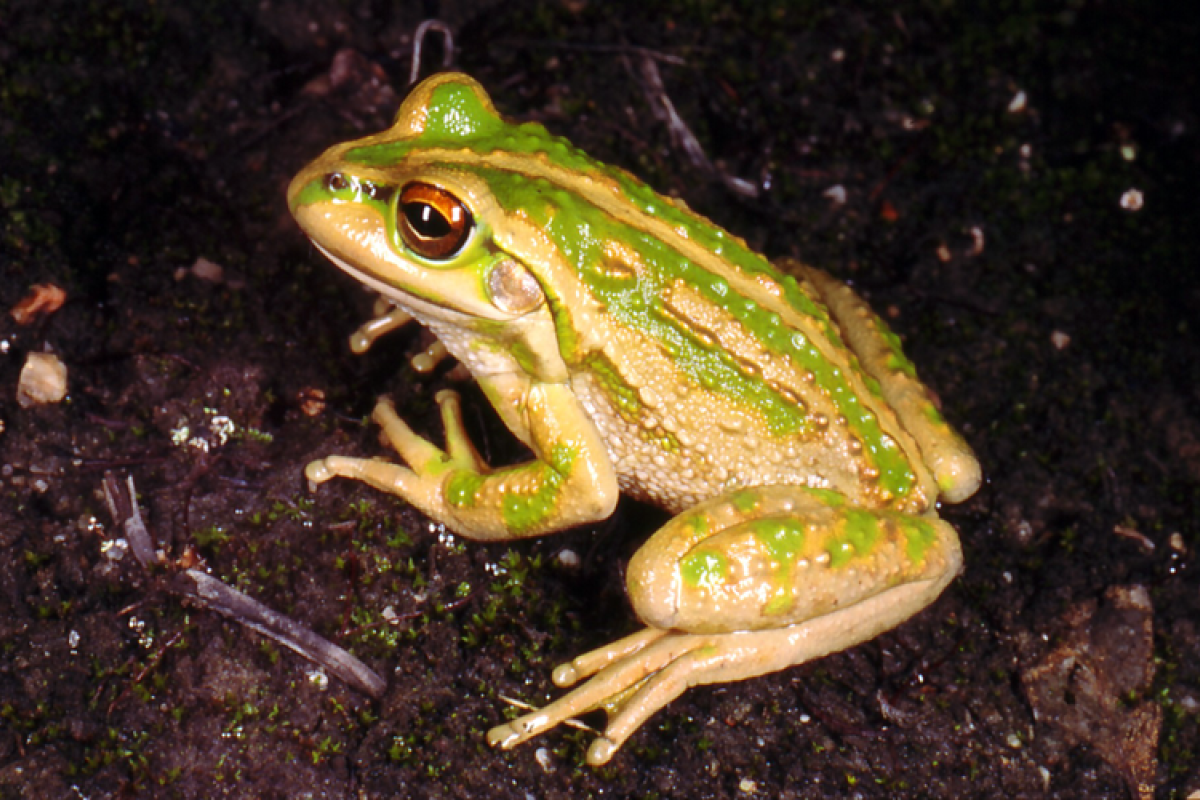
Motor bike frog
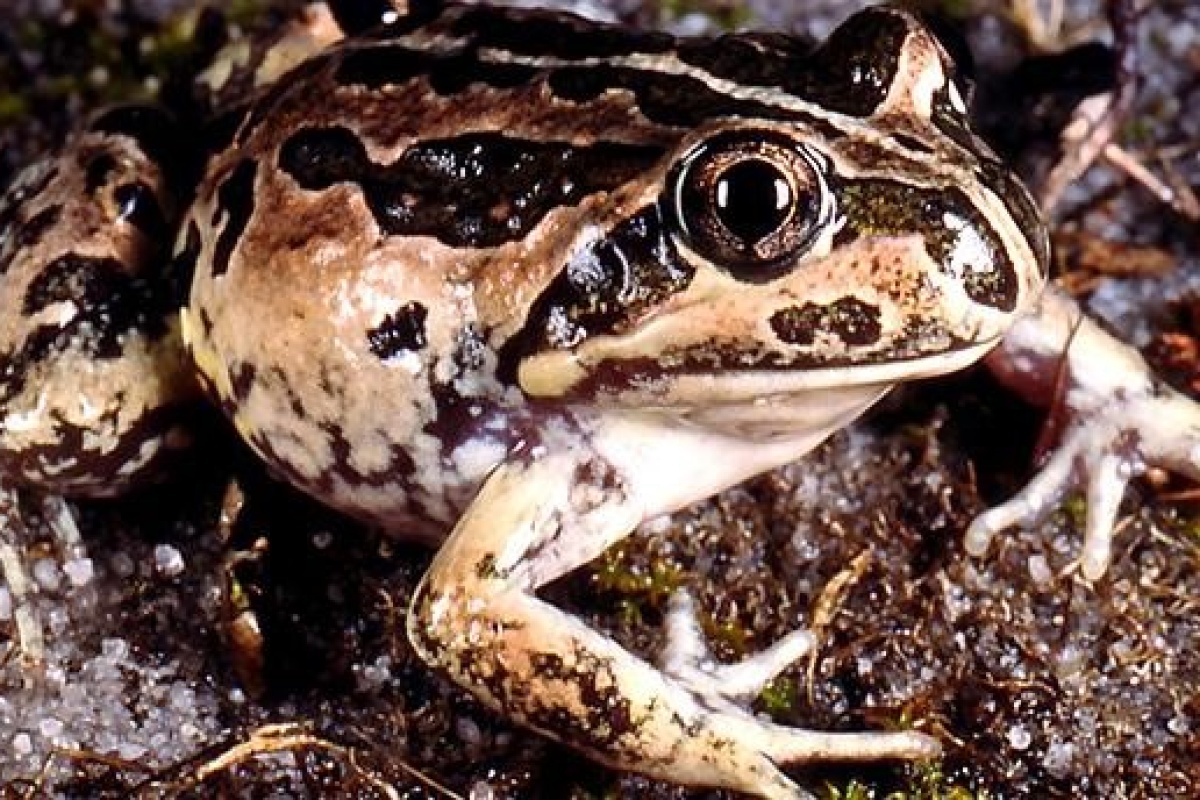
Western Banjo frog
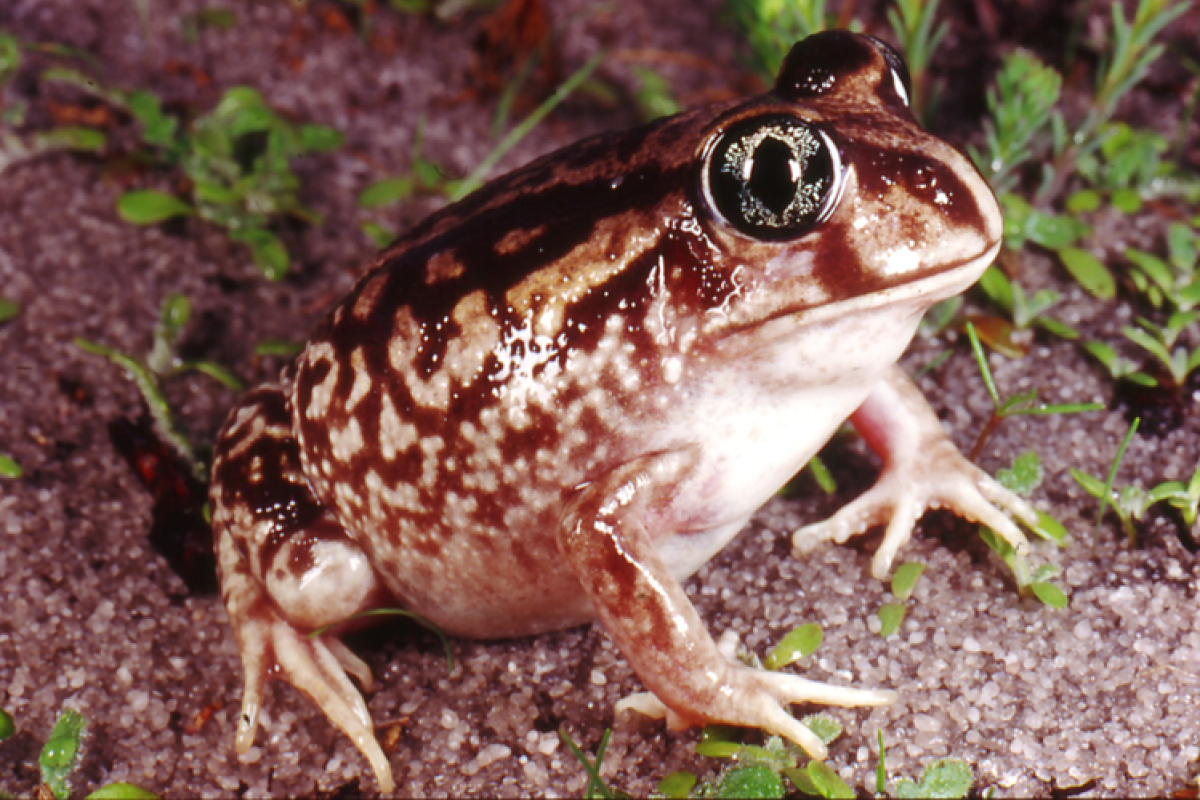
Moaning frog

Hooting frog
To learn to better identify WA native frogs, visit the WA Museum website or visit the FrogID website
Images are courtesy of the WA Museum
FAQs
What do I do if it is a cane toad and we don’t live in an area where they are found.
If you’ve found a cane toad ahead of the cane toad invasion front DBCA wants to know. Please send a text message to 0400 693 807 or an email to canetoads@dbca.wa.gov.au with a photo and a description of where you found it.
Check whether cane toads are known to be in your area by viewing the front line map in the downloads section below.
If it is a cane toad, what do I do?
How to dispose of a cane toad
Cane toads are introduced pests and are toxic to native animals and domestic pets when consumed. If you wish to remove them from your property, we recommend cooling followed by freezing to humanely euthanise cane toads. The following steps are recommended.
- Confirm it is a cane toad.
- Place it in a container with a secure lid or a plastic bag. Do not touch the toad with bare hands.
- Put the container or bag in a refrigerator for at least 4 hours to anaesthetise the toad.
- Put the container or bag in the freezer for 24 hours. This will kill the toad without pain.
- Dispose of the container and the toad with your normal garbage.
Be careful when handling cane toads—the toxin produced from their shoulder glands is present in the skin of the toad’s back. Wash your hands well and use gloves if possible. If the toxin gets in your eyes, nose or mouth seek medical attention.
For first aid advice on toad poisoning, call the 24-hour Poisons Information Line on 13 11 26.
